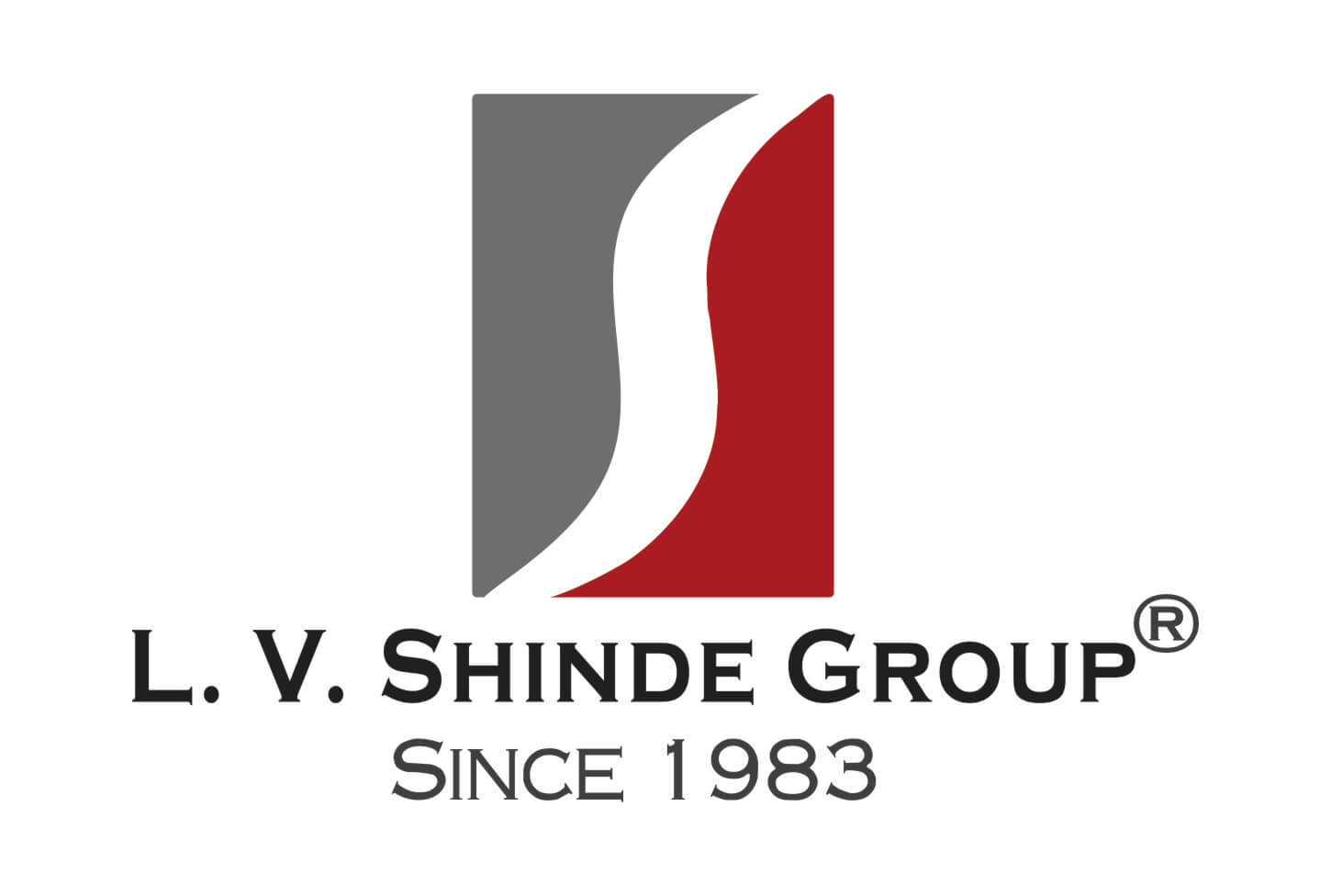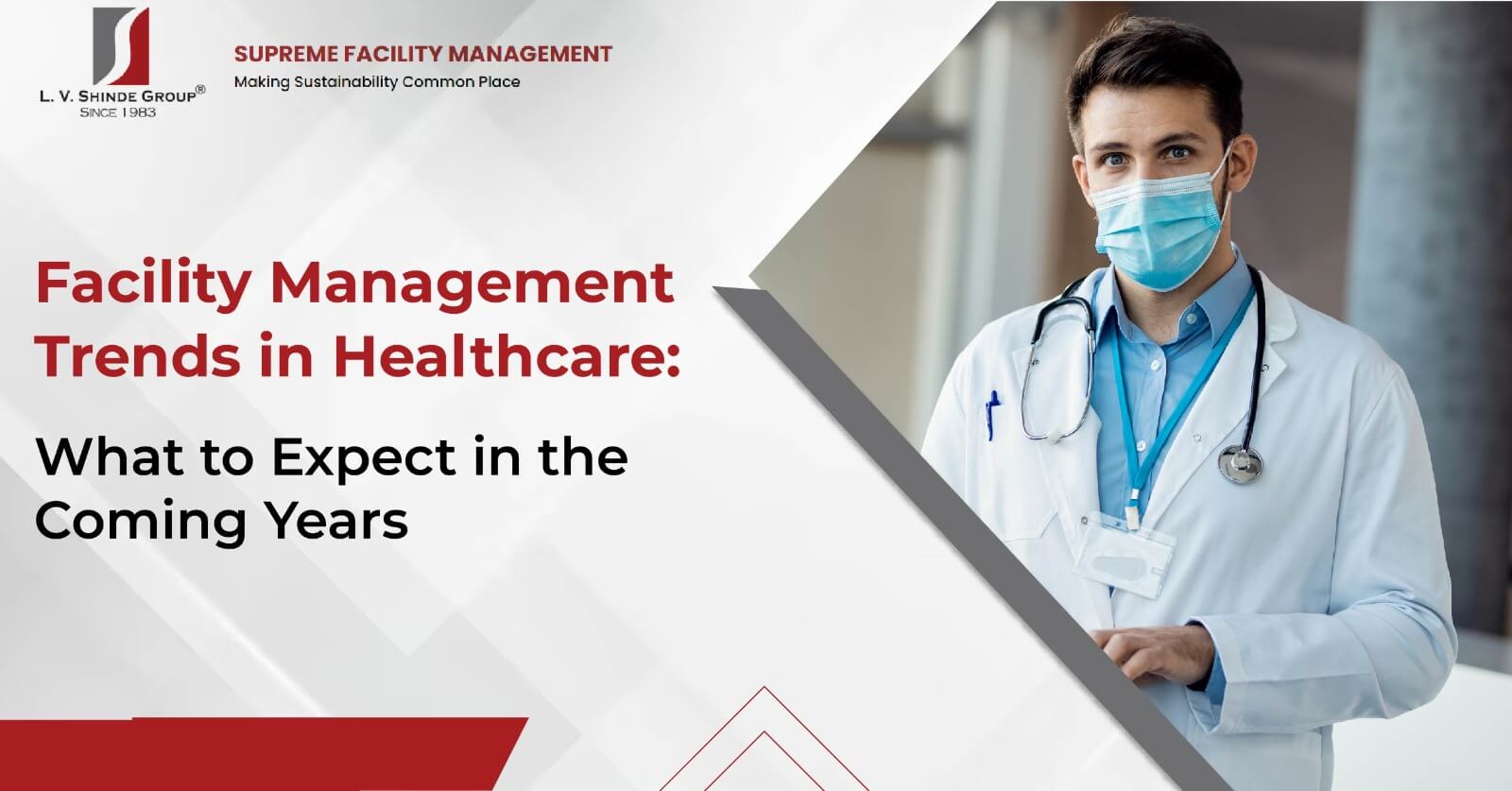Facility Management Trends in Healthcare: What to Expect in the Coming Years
Facilities management is the tools and services that sustain the functionality, safety, and sustainability of built environments. Like any other industry, facilities management is evolving, driven by sustainability and technology. These factors are not just shaping the future of the industry but are also redefining how we manage buildings and facilities.
The convergence of sustainability and technology is prominent in the healthcare sector, where the Facilities Management Market will see significant growth. The estimated size of the Facility Management Market in 2024 is USD 1.33 trillion, with projections indicating a growth to USD 1.66 trillion by 2029. This growth is anticipated to occur at a CAGR of 4.66% over the forecast period (2024-2029) The transformative impact of the COVID-19 pandemic has further accelerated the expansion of the healthcare facilities market globally.
It is imperative to explore the emerging trends that will shape the future of facility management in healthcare. With innovative technologies and sustainable practices, the industry is on the brink of exciting developments that promise to enhance efficiency, resilience, and overall healthcare facility performance. Let’s delve into the key trends that will redefine the healthcare facilities management landscape in the coming years.
The Importance of Facility Maintenance in Healthcare
In healthcare, technology is like a superhero for facility managers. It helps them do their job better, saving money, making things work smoothly, and improving how patients experience the facility. Facility managers have systems that run buildings automatically, using real-time data to predict when things need fixing. These tech helpers also make it easier for different parts of the healthcare team to talk and work together. So, understanding how these tech buddies make healthcare places run better is super important in today’s fast-changing world.
Facility Management Trends in Healthcare: What to Expect in 2024
As we look ahead to 2024, healthcare facility management will change drastically. From improved communication systems to adopting advanced technologies, these trends promise to redefine how healthcare facilities operate, ensuring efficiency, sustainability, and adaptability.
1. Enhanced Communication Strategies
Effective communication between Facility Managers (FMs) and industry partners is a continued priority. The integration of cutting-edge software, exemplified by national facilities’ direct project management systems, is set to enhance efficiency and streamline communication. FMs will be important in establishing the necessary infrastructure to improve collaboration and project workflows.
2. Rise in Smart Technology Integration
The growing prevalence of the Internet of Things (IoT) will provide facility managers with increased access to advanced technologies. These technologies, equipped with sensors, processing abilities, and automation, offer a more flexible and interactive experience for technicians, employees, and visitors.
Smart technology applications extend to creating energy-efficient environments and optimizing various building functions, such as fire protection, security, asset tracking, lighting management, HVAC maintenance, and smart parking.
3. Artificial Intelligence for Enhanced Collaboration
In an increasingly digitized environment, effective communication is vital for successful collaboration. Artificial Intelligence (AI) emerges as a facilitator, simplifying systems integration and breaking down barriers between healthcare departments. This integration streamlines communication, fostering improved teamwork and overall efficiency.
4. Increasing Adoption of Building Information Modeling (BIM)
Facility Managers will witness a rise in the use of Building Information Modeling (BIM) software. This technology maps the physical characteristics of a building over its lifespan, assisting architects, builders, and FMs in planning smarter buildings and taking a proactive approach to repairs. Leveraging data from BIM software helps in cost reduction, efficiency improvement, safety risk reduction, and enhanced facilities management.
5. Embracing Planned Preventative Maintenance (PPM)
Like BIM, Planned Preventative Maintenance (PPM) leverages technology to formalize and anticipate maintenance needs. This predictive maintenance model allows for proactive planning of regularly scheduled maintenance and quick adaptation to unexpected changes. This approach, rooted in a better understanding of building assets, saves time and money by enabling FMs to plan for the unexpected.
6. Data-driven Decision-making for Future Projects
The wealth of information, data, and statistics accumulated in recent years will be instrumental in future project planning for FMs. Relying on data can help reduce overhead, minimize downtime, increase efficiency, and improve system calibration as FMs make informed decisions for upcoming projects.
7. Greater Emphasis on Environmental Sustainability
Healthcare facilities will actively participate in eco-friendly practices to limit or negate their carbon footprint. Facility Managers will be integral in these conversations, expecting more emphasis on innovative energy management solutions and understanding how eco-friendly factors impact employees, customers, and the environment.
8. Adapting to Changing Workspaces
As organizations transition back to the office, Facility Managers must anticipate workflow and operational changes. Whether fully returning to the office or adopting a hybrid model, FMs should prepare for alterations in building requirements and operations, with technology playing a role in addressing evolving needs.
9. Personalized Work Environments
With the return of employees to healthcare offices, there’s a growing expectation for a comfortable and home-like work environment. FMs may be tasked with Soft FM functions that enhance employee retention and customer loyalty by fostering a positive work environment.
10. Simplifying Operations with Self-Supported Integrated Facilities Management
In response to changes in workflow, personnel, and the broader context, Facility Managers can expect a move towards simplicity. Self-supported integrated facilities management streamlines workflows and processes, allowing for efficient planning and budget utilization on proactive technologies, ultimately driving success in healthcare facilities.
FAQs about Facility Maintenance in Healthcare
Q1. How do healthcare facilities handle emergency maintenance situations?
In healthcare, emergency maintenance situations demand swift and precise responses. Facilities typically establish clear protocols and procedures to address urgent issues promptly. This involves having a well-defined communication chain, identifying critical personnel, and ensuring access to the necessary tools and resources. Regular training and simulation exercises help healthcare facilities prepare their maintenance teams for rapid and effective responses during emergencies, minimizing disruptions to patient care and facility operations.
Q2. What are the typical responsibilities of a facility maintenance team in a healthcare facility?
The responsibilities of a facility maintenance team in a healthcare facility are diverse and encompass various tasks essential for smooth operations. Maintenance teams ensure the smooth functioning of crucial systems, such as HVAC, electrical, and plumbing, to maintain a safe and comfortable environment. They are also responsible for equipment maintenance, managing building infrastructure, and addressing any repairs or issues. Collaboration with other departments is crucial to align maintenance activities with overall facility needs, contributing to the seamless functioning of the healthcare facility.
Q3. How does facility maintenance impact the overall operational efficiency of a healthcare facility?
Facility maintenance plays a pivotal role in the operational efficiency of healthcare facilities. Well-maintained infrastructure and equipment contribute to a safe, comfortable, and compliant environment, directly impacting patient care. Regular maintenance minimizes downtime, reduces the risk of unexpected failures, and ensures compliance with regulatory standards. It also extends the lifespan of assets, optimizing long-term costs. In essence, effective facility maintenance enhances the overall operational efficiency of healthcare facilities, providing a conducive environment for patients and staff.
Q4. What role does technology play in modern facility maintenance practices within healthcare?
Technology is integral to modern facility maintenance practices in healthcare. Advanced systems, such as Computerized Maintenance Management Systems (CMMS) and sensors, enable predictive maintenance, allowing for proactive identification and resolution of potential issues. Smart technologies aid in monitoring and controlling various facility aspects, from energy management to equipment performance. This not only enhances efficiency but also contributes to sustainability efforts. Technology facilitates data-driven decision-making, streamlining communication and collaboration among maintenance teams, resulting in more agile and effective facility management.
Q5. How do healthcare facilities prioritize maintenance tasks and allocate resources effectively?
Prioritizing maintenance tasks in healthcare facilities involves a strategic approach to address critical needs. Facilities typically categorize tasks based on urgency, impact on patient care, and regulatory compliance. A well-defined maintenance plan considers preventive and corrective measures, allocating resources based on the priority of tasks. Regular assessments, data analysis, and feedback mechanisms help fine-tune the prioritization process. Efficient resource allocation ensures that the right personnel, tools, and materials are available to address maintenance needs promptly, promoting effective and sustainable facility management.
Conclusion
In the fast-changing world of healthcare facility management, where efficiency and patient well-being matter most, the trends are crucial. They show how important technology, communication, and planning are for the future of healthcare places. Looking forward, adopting these changes will help create environments that work well and focus on giving great care.
Transform Your Healthcare Facility with Supreme Facility!
India’s premier choice for hospital and healthcare facility management services, Supreme Facility Management, a part of the esteemed L. V. Shinde Group, stands out as the top pick. With a proven record across diverse industries, we bring our expertise to enhance healthcare environments nationwide, ensuring hospitals receive the necessary support for delivering excellent care.
Our comprehensive services empower health institutions and elevate the patient experience. From ensuring environmental hygiene and managing vital medical equipment to providing patient-centric support services, handling biomedical waste, and implementing energy-efficient practices, we cover all aspects. With a focus on security, access control, and effective emergency response planning, our services contribute to the overall smooth and safe operations of healthcare facilities. In the ever-changing healthcare landscape, our facility management services ensure operational efficiency and the well-being of patients, staff, and visitors, offering a range of advantages for an improved healthcare experience.


